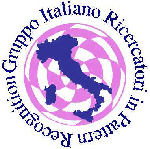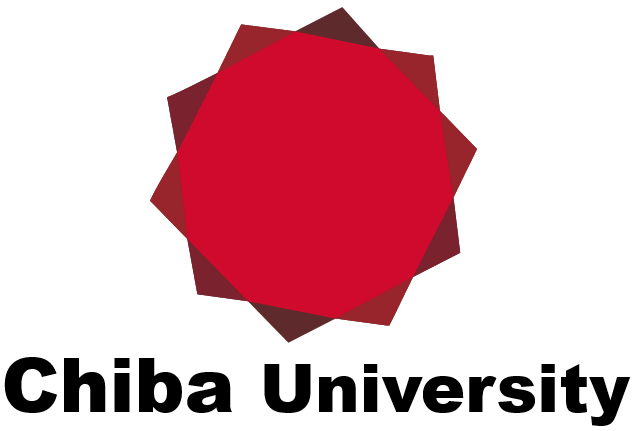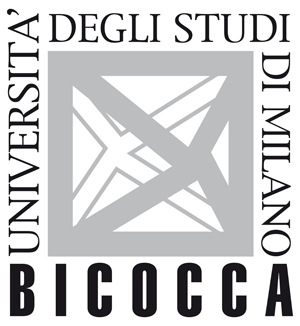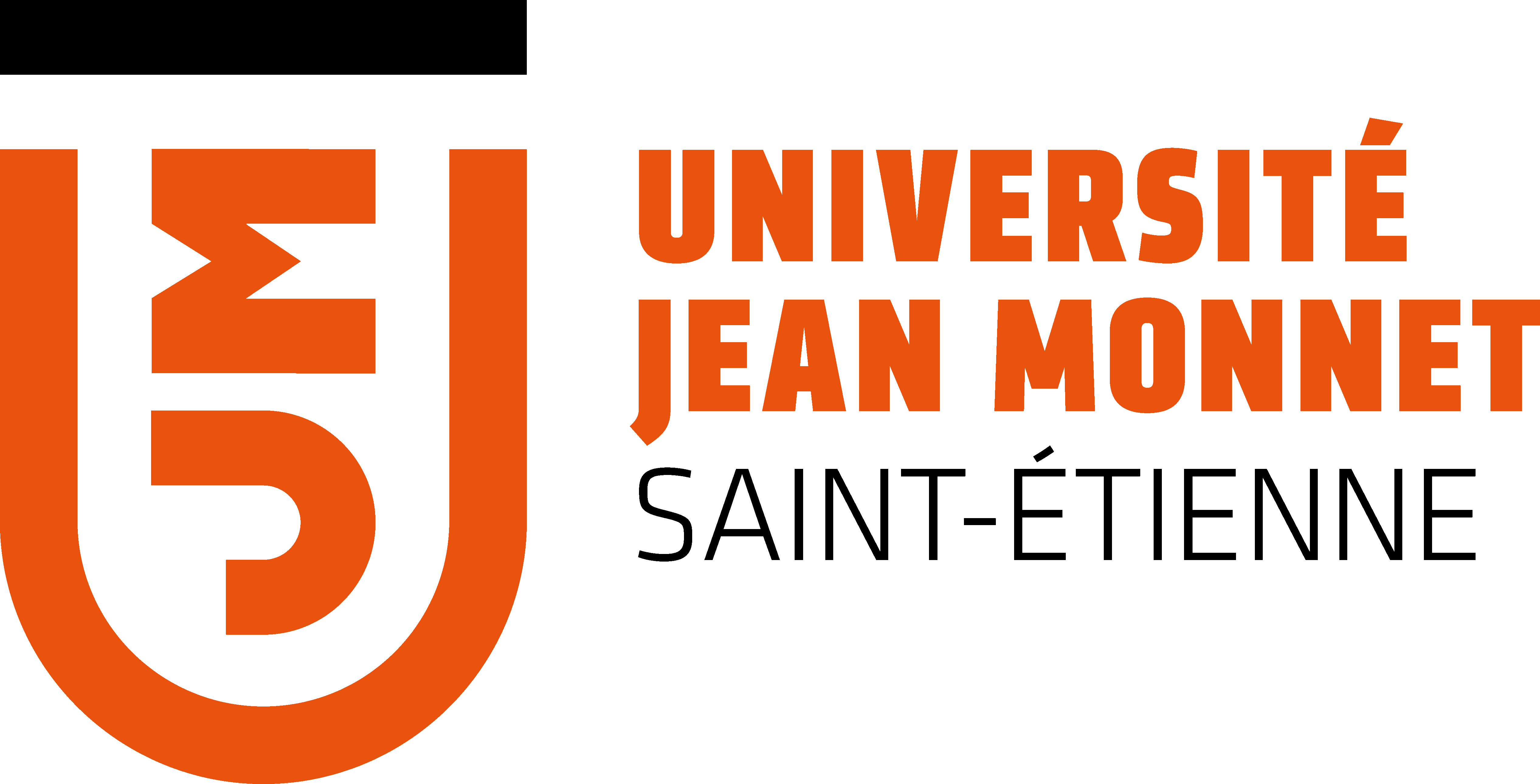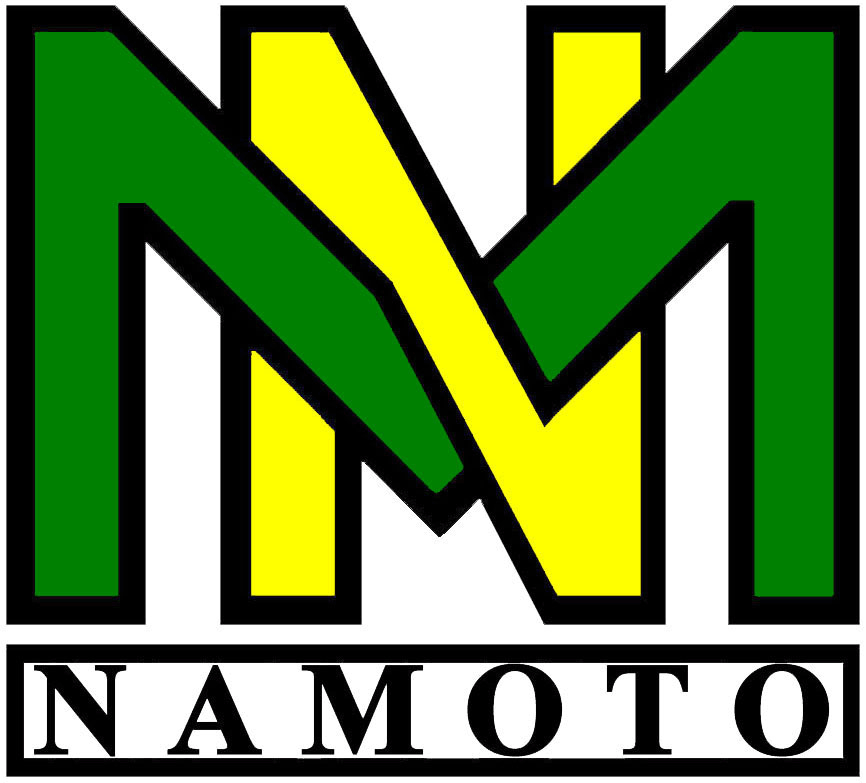Special tutorial on "Material Appearance"
CCIW 2019 will hold a special tutorial on "Material Appearance" on March 27. Please check the following details. After the tutorial, we will hold a welcome reception.Tutorial Speakers
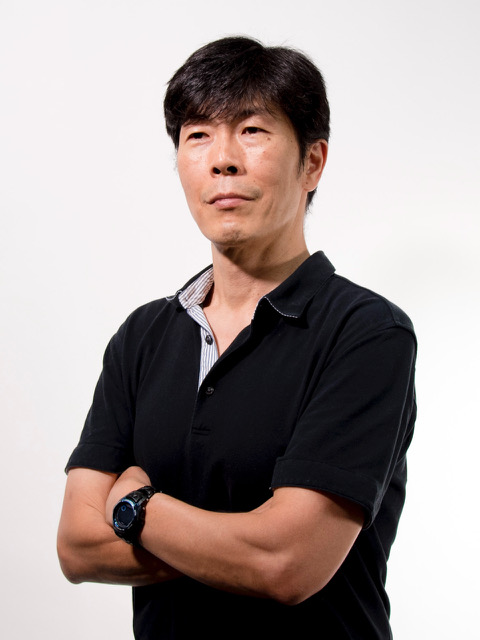
Dr. Shin'ya Nishida
(NTT Communication Science Labs, Japan)
Talk title :
"Image Features for Human Material Perception"
Although we have accumulated good knowledge about how the human visual system analyzes basic image attributes including shape, color, motion, natural realistic scenes that we daily encounter are not mere integration of basic image attributes. Perception of material properties (or Shitsukan in Japanese) is one of important visual abilities that we don't know well. Our basic idea is that the brain's estimation of complex material properties is based on analysis of characteristic image features that are robustly correlated with the target properties. We have revealed image cues used in perception of surface gloss, surface wetness, subresolution texture fineness, liquid viscosity, and some material categories. In these studies, we attempted to strengthen psychophysics by incorporating advanced information science technologies. In addition, we leveraged scientific understanding of visual processing to develop novel technologies to control material appearance of real objects.

Prof. Roland W. Fleming
(University of Giessen, Germany)
Talk title :
"Visual Perception of Materials and their Properties"
Under typical viewing conditions, humans effortlessly recognize materials and infer their properties at a glance. Without touching materials, we can usually tell what they would feel like, and we enjoy vivid visual intuitions about how they are likely to respond if we interact with them. These achievements are impressive because the retinal image of a material results from extremely complex physical processes (e.g. sub-surface light transport; visco-elastic fluid flow). Due to their extreme diversity, mutability and complexity, materials represent a particularly challenging class of visual stimuli, so understanding how we recognize materials, estimate their properties, predict their behaviour, and interact with them could give us more general insights into visual processing. What is 'material appearance', and how do we measure it and model it? How are material properties estimated and represented? Discussing these questions causes us to scrutinize the basic assumptions of 'inverse optics' that prevail in theories of human vision, and gives hints at how to build a machine vision system that could learn materials from observation.

Prof. Ming Ronnier Luo
(Zhejiang University, China / Leeds University, UK)
Talk title :
"Status Quo of Colour Appearance Modelling"
Appearance science includes 4 parts: colour, gloss, texture and translucency. Colour is an important part of total appearance. There has been rapid progress in the field of colour science due to the strong demand from the high dynamic range and wide colour gamut devices. This lecture will cover the recent development of colour appearance modelling such as CIECAM16 and ZCAM. Also, new important attributes have been developed such as vividness, depth, whiteness and blackness. Examples will be given to show the effectiveness to use them in image enhancement, gamut mapping, skin rendering.

Prof. Ko Nishino
(Kyoto University, Japan)
Talk title :
"Freeing Computer Vision from Its Fundamental Limits"
Despite their success in a wide range of applications, computer vision methods still rely on woefully simplistic assumptions about our visual world including those on the radiometry and geometry of surfaces and media. In this talk, I will introduce our research efforts towards enabling computer vision to break free from such conventional limitations imposed by inherent, fundamental assumptions by drawing on our recent research on material recognition, radiometric image decomposition (inverse rendering), and liquid appearance modeling.



